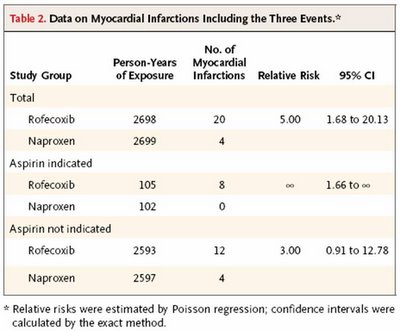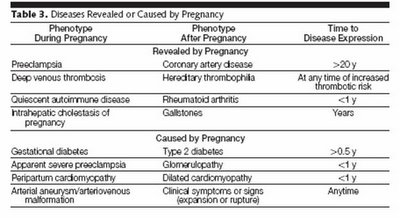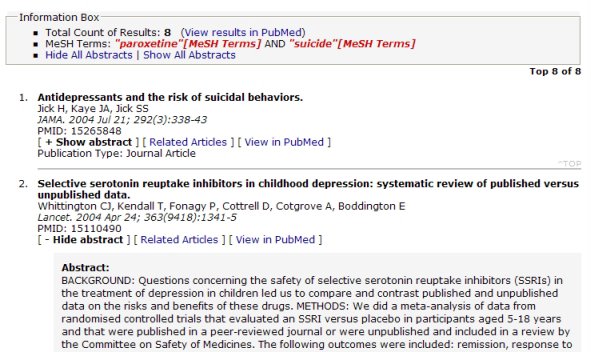Dr. Derek Lowe remarks on 11/11/2005 Science article
Obestatin, a Peptide Encoded by the Ghrelin Gene, Opposes Ghrelin's Effects on Food Intake by Jian V. Zhang
et al from
Prof Aaron Hsueh's lab at Stanford. As Dr. Derek explains, this paper found that the same peptide product which gets cleaved into
ghrelin--the famous appetite inducing peptide hormone--has been found to also give rise to
obestatin, which does just the opposite and "suppressed food intake, inhibited jejunal contraction, and decreased body-weight gain". Dr. Derek says,
So now we know more about the regulation of appetite than we used to, although researchers in that field probably thought it was complicated enough already, thanks very much. What I find particularly interesting about this discovery is how these two opposing hormones are cut from the same larger protein. That means that they both come from the same gene, you know. Which shows you just how far a pure genome-driven approach to drug discovery will get you: not far enough.
IMHO, this may also demonstrate how far it does take us and
all the new opportunities available to us in this post-genomics era.
We note that obestatin would not have been identified without cross-species sequence analysis of the pro-peptide giving rise to ghrelin. As shown in thie figure from the online supplement:
It is upon observing peptide sequence conservation and peptide hormone cleavage signals that Prof Hsueh's lab started the investigations ultimately discovering obestatin. We note that they actually developed an in-house algorithm for this purpose (
Avsian-Kretchmer O and Hsueh AJ 2004 in Molecular Endocrinology).
For fun we look at the POMC gene, which like the ghrelin/obestatin precursor is also cleaved into a number of peptide hormones. We use my favorite genome browser
Ensembl. The human POMC is on chromosome 2:
We align the POMC transcript with those from the dog, rat, and mouse, and find that they match up pretty well:
A quick peek at the finer details of the alignment, down at the base pair level, shows:
Note that in the first row, corresponding to the human POMC sequence, a base G is highlighted in green. This means that there is a SNP at this location. Clicking on the green part allows us to link to the NCBI dbSNP page
explaining this genetic polymorphism. At this point even the existence of the SNP is as yet unvalidated. But if I were a medical researcher studying any of the peptide hormones generated from POMC, I'd be looking into the biochemical implecations of this SNP.
Of course this has been a very cursory look which didn't really yield any useful information. But I hope it demonstrated that
genomics can efficiently target and fine-tune wet laboratory investigations.
All Ensembl results can be further explored by following this
link.
Ensembl.org is heavily based on web services and is a good example of
Science 2.0.
Technorati Tags:
Medicine / Genomics / Bioinformatics / Sequence analysis / Ensembl / Science 2.0



















































